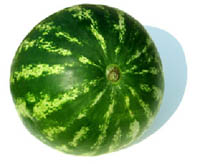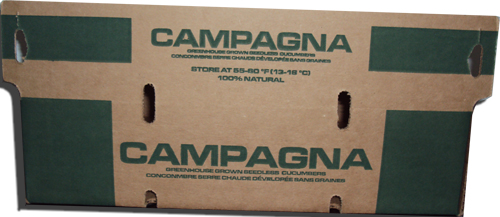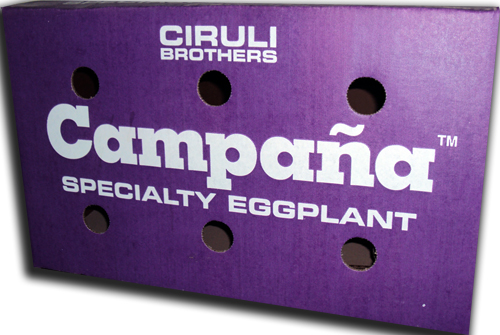GREEN BEANS
DESCRIPTION
The Green beans are the most important vegetable food for their nutritional content of vitamins, minerals, they belong to the legume family, the radical system of the Green Bean consists of the main root, secondary roots that fix nitrogen to the soil, the stem, are herbaceous, thin and their height varies according to the variety and they are classified based on growth habit; leaves are compound, trifoliated, equipped with little stipules at the base of the petiole; the fruit of the Green Bean is a pod of variable width and length, being straight or curved with round or compressed edges, seeds are kidney-shaped equipped with 2 thick cotyledons.
CLIMATE
Optimum temperatures for crop development of the Green Beans range from 10°C to 27°C, relative humidity of the air should be between 70 and 80%, soil texture must be clay loam, well drained and contain organic matter, it is developed from 300 msnm to 2,000.
PLANTING
Soli must have a moisture content between 50 and 80% of the field capacity for 2 steps of cross plowing and 1 step of harrow, followed by a leveling and furrowing, planting is manual on lands where machinery cannot be used due to topography conditions of the land. The seeding is in beds of (1.40 meters wide=55.11 in) with a distance of 0.40 cm (0.16 in) between plants and the spacing between surrows is of 0.60 cm (0.23 in).
HARVEST
Harvest begins when the little pods are approaching to their maximum size, but eggs have not completed their development, the fruit should be tender, dull light green color, with a very gentle grade of seed development; the diameter is preferable from 2 to 3 cm (0.78 to 1.18 in), and the length of 12 to 20 cm (4.72 to 7.87 in), its shape shall be elongated, straight or slightly concave; its texture should be soft, non-fibrous, mechanical damage-free and decay. In this state, the pod presents its lower fiber content. The more tender the fruit, the better its quality will be. If harvest is delayed, it will affect product quality by increasing its fiber content.
USES
For human consumption, it is sold fresh, processed or frozen, it is regularly marketed fresh, being in the canning industry in an incipient state, being used fresh, pickled cooked and frozen.
SCIENTIFIC NAME
Phaseolus vulgaris
NUTRITION FACTS
Current portion: 100 grams (100 g)
|
Calories |
39 |
Fats |
Proteins |
Carbohydrates |
|
Carbohydrates |
6.4 g |
Total sugar |
||
|
Proteins |
2.3 g |
|||
|
Total fat |
0.5 g |
saturated |
polyunsaturated |
monounsaturated |
|
Dietary fiber |
3.4 g |
|||
|
Cholesterol |
mg |
Nutritional Analysis
This food is a source of 17 nutrients.
15 % Manganese
14 % Dietary Fiber
12 % Vitamin C
12 % Folic Acid
9 % Potassium
7 % Magnesium
7 % Thiamine
6 % Riboflavin
5 % Vitamin B6
5 % Copper
5 % Phosphorus
5 % Protein
5 % Calcium
4 % Iron
4 % Niacin
3 % Vitamin B5
3 % Zinc
(*) Data based on a portion of 100 grams.
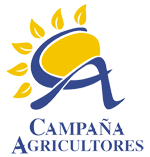

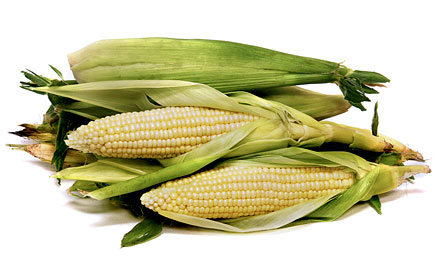 CORN
CORN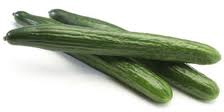 CUCUMBER
CUCUMBER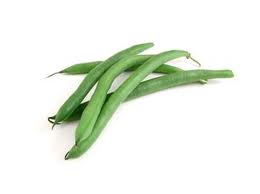
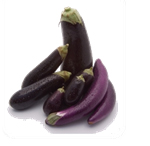 EGGPLANT
EGGPLANT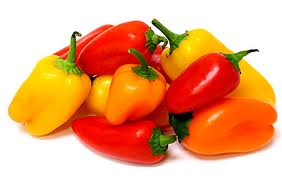 MINIBELL
MINIBELL